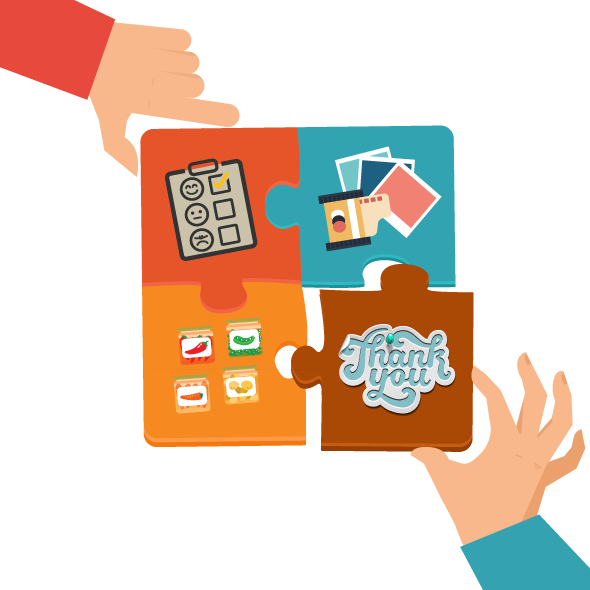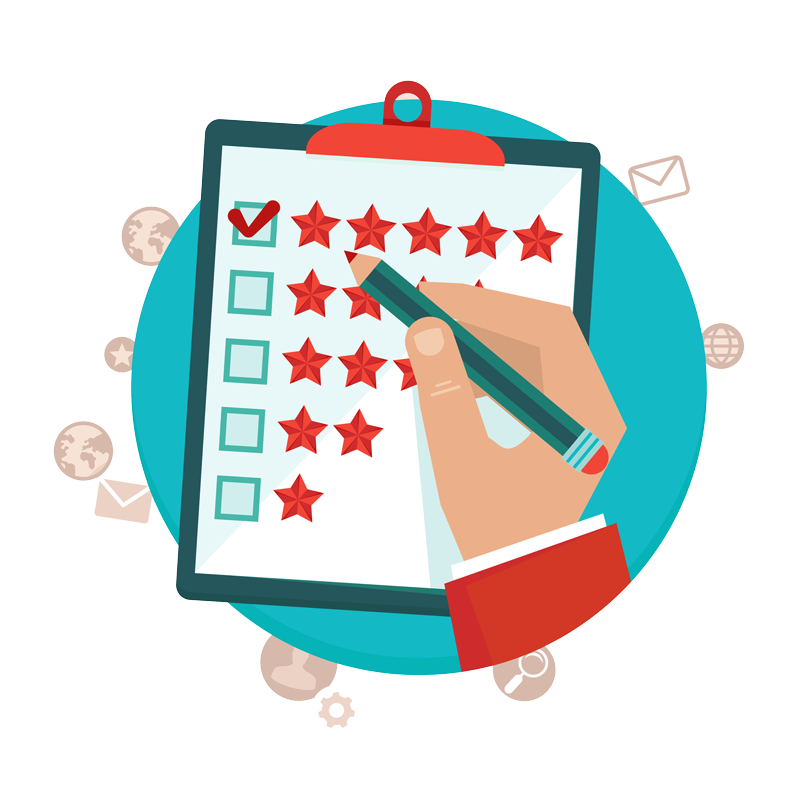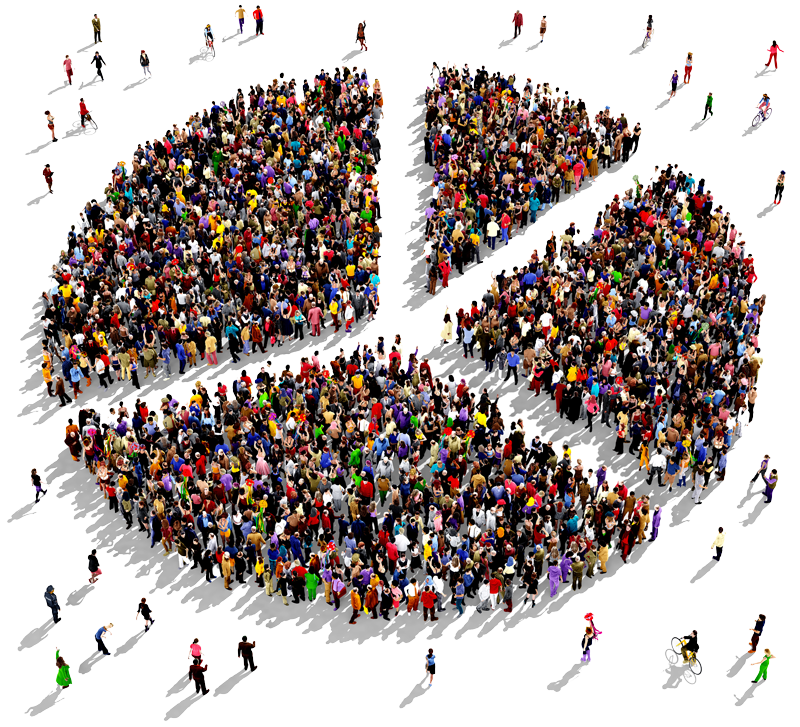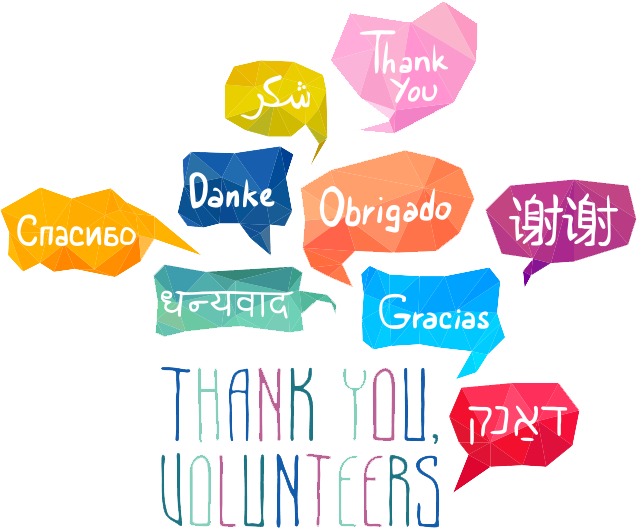
You spend months procuring amazing auction items, coaching volunteers, promoting the event and planning logistics. On the night of the auction, everyone has a great time and you exceed your fundraising goals. It’s almost time to celebrate!
The last piece of the puzzle? Donor outreach and follow-up.
While nonprofits understand the need to thank everyone involved after a big event, not all take full advantage of the opportunity to connect with supporters in other strategic ways.
Here are 5 ways to make the most of your post-event donor outreach and cultivate rich relationships with your supporters for years to come.
1. Learn more about attendees and get feedback.
Sometimes the only piece of information you have about guests, especially new ones, is that they’re willing and able to give to your cause. So finding out more about them is key to connecting in an authentic, meaningful way.
One easy way to learn about donors, plus share more about your mission, is to call them personally. In today’s world of high-tech gadgets, the simple gesture of a phone call is often appreciated and will make your organization stand out. Thank people for their attendance and ask for feedback on the event.
You may also want to send out a survey via SurveyMonkey or Google Forms. Keep the survey short (so it can be completed in less than 5 minutes) and include a section for general comments. Add all notes to your database or planning binder for next year.
Some helpful feedback to gather:
- Was this auction their first encounter with your organization?
- Have they donated before?
- Are they local?
- What aspects of your organization interest them the most?
- What did they like about the event?
- What big-ticket items would they like to see up for auction next year? What’s on their “bucket list”?
- Are they interested in becoming more involved with your nonprofit?
- Are they involved with other nonprofits?
Your attendees will appreciate the chance to directly shape next year’s auction, make suggestions for improvement, and reflect on their experience.
2. Categorize your guests, then customize correspondence.
After putting on a major event like an auction, it’s tempting to send out a mass thank-you email and call it a day. But just as you procured a wide variety of items to reach a diverse audience, you also want to segment follow-up correspondence based on criteria important to your organization. For example, some have supported your nonprofit for years, while others have just been introduced for the first time.
Look at the information you’ve gathered on your attendees and separate them into useful categories. This allows you to create distinct, targeted calls-to-action for each group that make a positive response from the reader more likely.
Some sample categories:
- First time event attendees. While typical newsletter updates tend to feature updates or announcements, consider sending new guests your “all-time” most powerful stories, results and stats—the kind of overarching summary you might include in an annual report.
- Repeat event attendees. People who have been coming to your spring gala for a few years clearly support the mission but may not know everything you do year-round. Let them know how revenue from past spring galas have been used in the past, then invite them to get more involved by volunteering or giving monthly.
- Major donors. Your biggest supporters (say, people who spent or gave $500 or more at your event) will feel extra-special with a handwritten note or a phone call of thanks. You could also send some leftover event collateral (like t-shirts) or a printed photo of them at the event.
- Local donors. These are your “neighbors” in the area who might be more interested in invitations to a future event, volunteer opportunities or touring the facilities.
The more personalized you can make each donor outreach correspondence, the more likely your donors are to receive a next-steps invitation that feels personalized and applicable to them.
3. Share your success and post pics.
Regardless of what category your attendees fall into, everyone will want to know the final tally of the event. Within a few days, announce how much was raised and how the funds will be used. Try to provide concrete examples, impressive numbers and moving testimonials to connect donors to your cause.
Another fun way to engage attendees is posting photos to the event website and social media. (One easy-to-use tool that creates an embeddable slideshow for your site: PhotoSnack.com.) Encourage attendees to tag themselves on your event’s Facebook photo album, multiplying your event’s exposure. You can also share dynamic clips or create a summary video to remind attendees of a memorable night.
4. Thank all participants.
Recognizing and appreciating donors is key to a nonprofit’s success and should be evident in all communications. Within a week of the event, send thank you notes, write emails and make calls to everyone who attended and purchased items.
Sponsors and item donors who may not have been able to attend your event would love to see their donations in action. Send them a program of the event that shows off their logo, or a picture of their item on display. When appropriate, let them know how much their item raised and how that money will benefit your cause.
Finally, the success of fundraising events relies on volunteers, and a little appreciation goes a long way to ensure your volunteers have a positive event experience.
A few ideas for volunteer appreciation:
- Shirts or caps with the organization or event logo
- Framed photo from the event
- Public kudos on social media
- Gift certificates to movie theaters or restaurants
- Massage certificate
- Sell leftover or duplicate auction items to volunteers at a discount
- Host a volunteer thank-you party (this can double as a wrap-up meeting with your auction committee)
Whether you received an item, a monetary gift or hours of their time, every donation is an opportunity to appreciate the supporters that make your work possible.
5. Get ready for next year.
If you already know next year’s date and venue, add a “Save the Date” note in your follow-up emails. You can also embed a sign-up form on your site or in the next newsletter so participants can opt-in for an email notification once tickets go on sale for next year’s auction.
{{cta(‘222323c1-4c45-44f5-92d9-92afd8782c22′,’justifycenter’)}}
